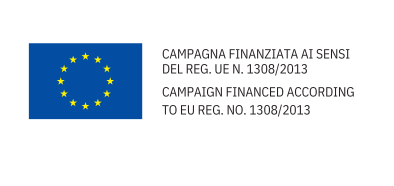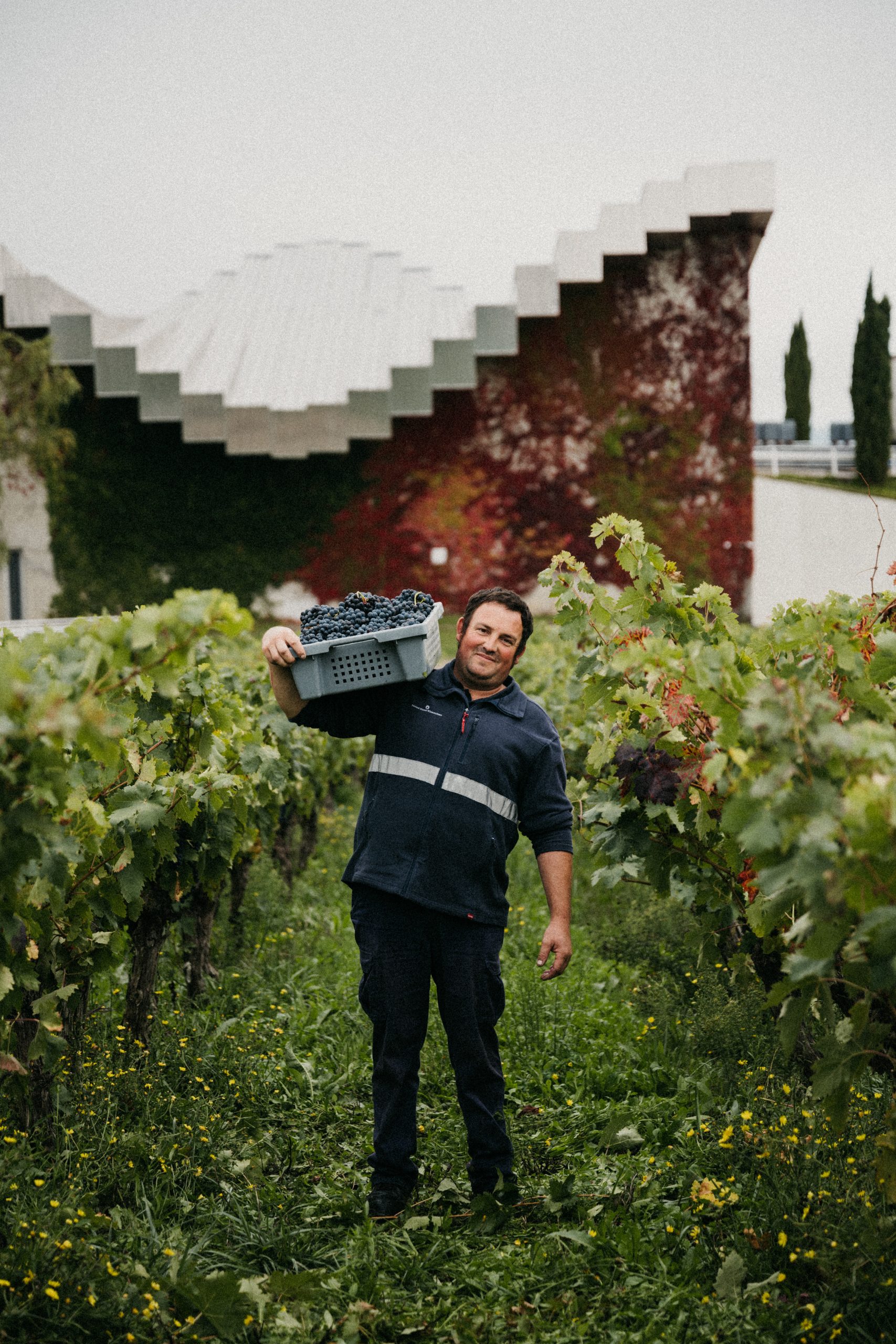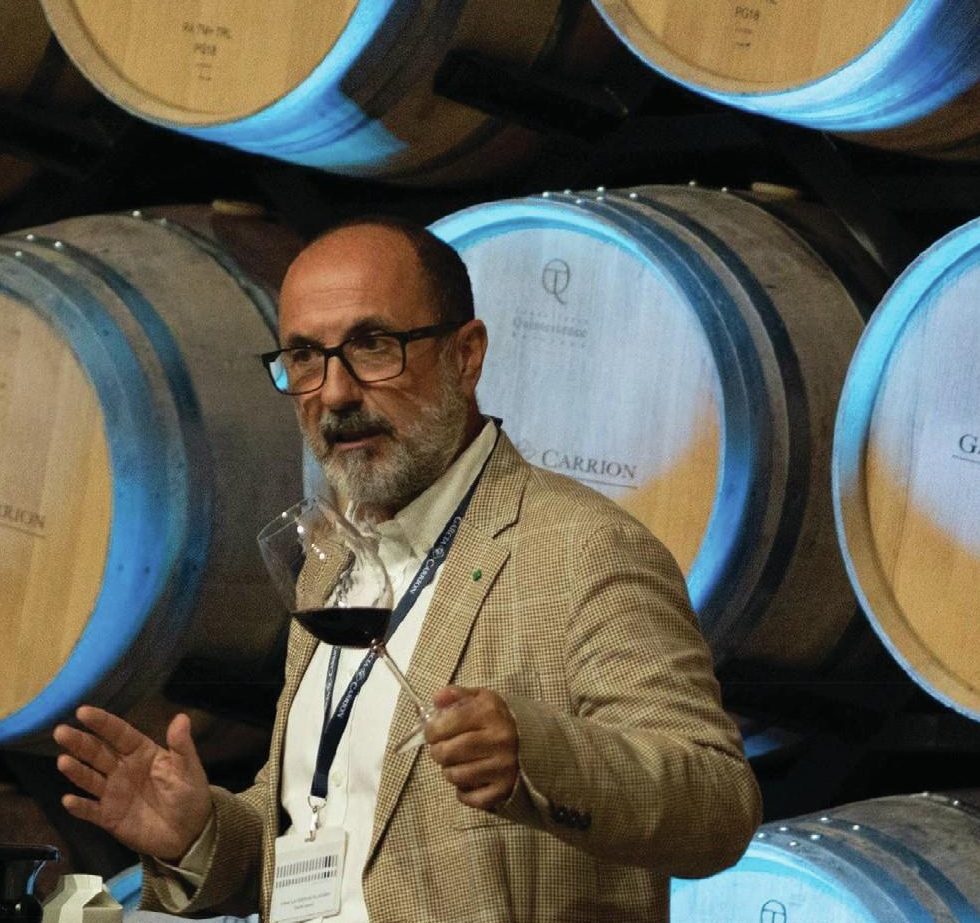Why a Prosecco producer is planting hybrid grapes
There’s now a still wine made with hybrid white grape Sauvignon Nepis planted in the Montello hills of Prosecco country – so what does it taste like, and why was it used?

The upside of working with a hybrid gape is primarily a viticultural one – these varieties have been bred to be disease-resistant, especially to powdery and downy mildew, and therefore require far fewer treatments with fungicides, whether organic or synthetic.
But how do the wines made from such grapes, which are created by crossing two or more Vitis species, actually taste? It may be that they work well in the field, but less well than traditional varieties in the winery.
Well, in the case of this wine made from a hybrid grape, I tasted it ‘blind’, which meant that I did not know the source area nor varietal-base of the sample – it was only once I had assessed it that I was made aware of what it was.
The still white wine was made by Giusti – a producer who has carved out a name for itself in the world of fine Prosecco from the Asolo DOCG – and was made using a Sauvignon Nepis.
The hybrid was crossed in 2002 in Italy using Sauvignon Blanc and Bianca – the latter a white hybrid grape crossed in 1963 in Hungary and known to be frost-hardy and resistant to fungal diseases.
Sauvignon Nepis contains genes from Vitis amurensis, Vitis berlandieri, Vitis rupestris and Vitis vinifera and is resistant to both kinds of mildew and known to retain its acidity in hot years.
In line with a pioneering spirit and an urge to create wines with as little negative impact on the environment as possible, Giusti has been experimenting with hybrid grapes in the Montello hills, having planted red grape Merlot Korus and white variety Sauvignon Nepis.
Already working organically in the vineyard, Giusti is trialling hybrids to reduce the quantity of copper and sulphur used in the vineyard, which, as Copper sulphate, is used a fungicide on grapes during the growing season.
Partner Content
The Sauvignon Nepis has up to 85% resistance to fungal diseases, and has been planted at Giusti’s Abbazia Estate, in the Montello and Colli Asolani area in Nervesa della Battaglia.
The result is a light, bright and pristine aromatic white wine with the hallmarks of cool-climate Sauvignon Blanc, with its citrus and lemongrass characters, as well as its hallmark zesty acidity.
I was impressed, and my tasting note from a ‘blind’ sampling of the wine in July 2023 can be seen below.
Sant’Eustachio Sauvignon Nepis IGT Veneto 2021
Youthful, clean, pungent Sauvignon Blanc-like aromatics from pear and passion fruit to orange blossom, tangerine and a hint of freshly-struck match.
On the palate, there’s some oily richness to the texture, supported by notes of sweet orange and ripe pear, although the finish is dry and very fresh, even slightly sharp, with lingering flavours of zesty citrus, nettle and lemongrass.
In essence, an intense, aromatic, dry and bright white wine with cool-climate Sauvignon characters. (Patrick Schmitt MW, July 2023)

Related news
Zuccardi Valle de Uco: textured, unique and revolutionary wines
Non-vintage is ‘putting together a puzzle’ says Champagne Lallier




